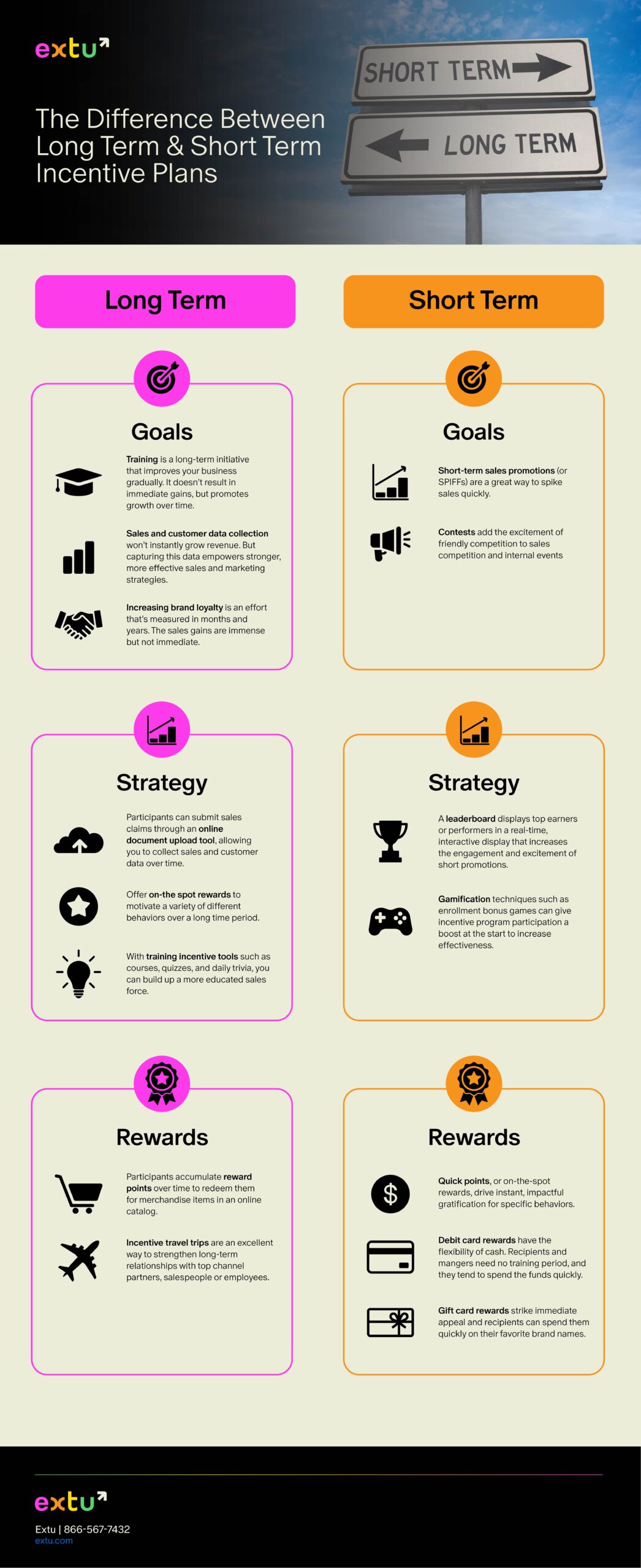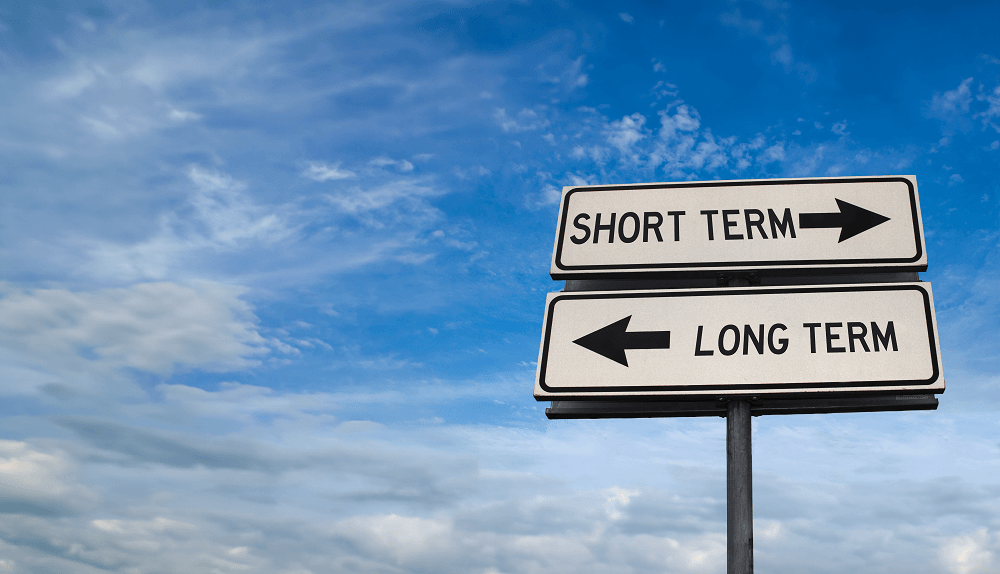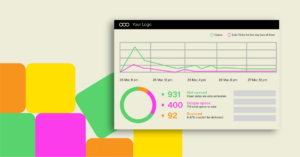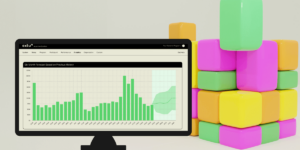The difference between long term and short term incentive plans is a little more complicated than “one is long, one is short.” There are some incentive plan goals and incentive rewards that are better suited to one or another. This is important to keep in mind, particularly if you want to build multiple shorter incentive programs and promotions within one larger, overarching, long-term incentive plan. Let’s break it down:

Long Term Incentive Plans
Goals
- Training is a long-term initiative that improves your business gradually. It doesn’t result in immediate gains, but promotes growth over time.
- Sales and customer data collection won’t instantly grow revenue. But capturing this data empowers stronger, more effective sales and marketing strategies.
- Increasing brand loyalty is an effort that’s measured in months and years. The sales gains are immense but not immediate.
Strategy
- Participants can submit sales claims through an online document upload tool, allowing you to collect sales and customer data over time.
- Offer on-the spot rewards to motivate a variety of different behaviors over a long time period.
- With training incentive tools such as courses, quizzes, and daily trivia, you can build up a more educated sales force.
Rewards
- Participants accumulate reward points over time to redeem them for merchandise items in an online catalog.
- Incentive travel trips are an excellent way to strengthen long-term relationships with top channel partners, salespeople or employees.
Short Term Incentive Plans
Goals
- Short-term sales promotions (or SPIFFs) are a great way to spike sales quickly.
- Contests add the excitement of friendly competition to sales competition and internal events
Strategy
- A leaderboard displays top earners or performers in a real-time, interactive display that increases the engagement and excitement of short promotions.
- Gamification techniques such as enrollment bonus games can give incentive program participation a boost at the start to increase effectiveness
Rewards
- Quick points, or on-the-spot rewards, drive instant, impactful gratification for specific behaviors.
- Debit card rewards have the flexibility of cash. Recipients and managers need no training period, and they tend to spend the funds quickly.
- Gift card rewards strike immediate appeal ad recipients can spend them quickly on their favorite brand names.



